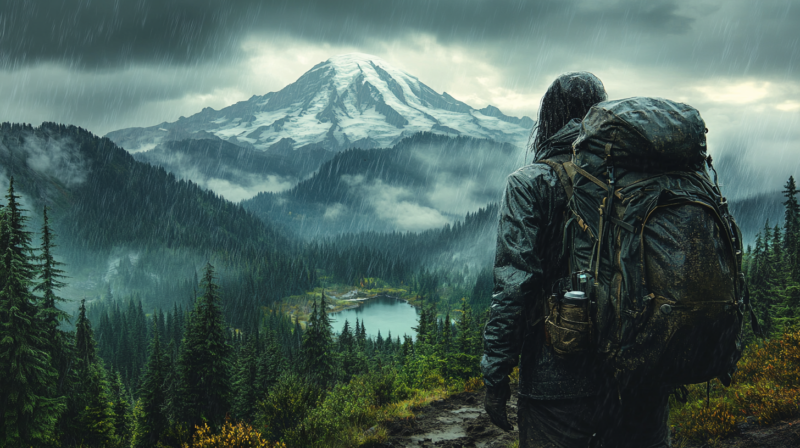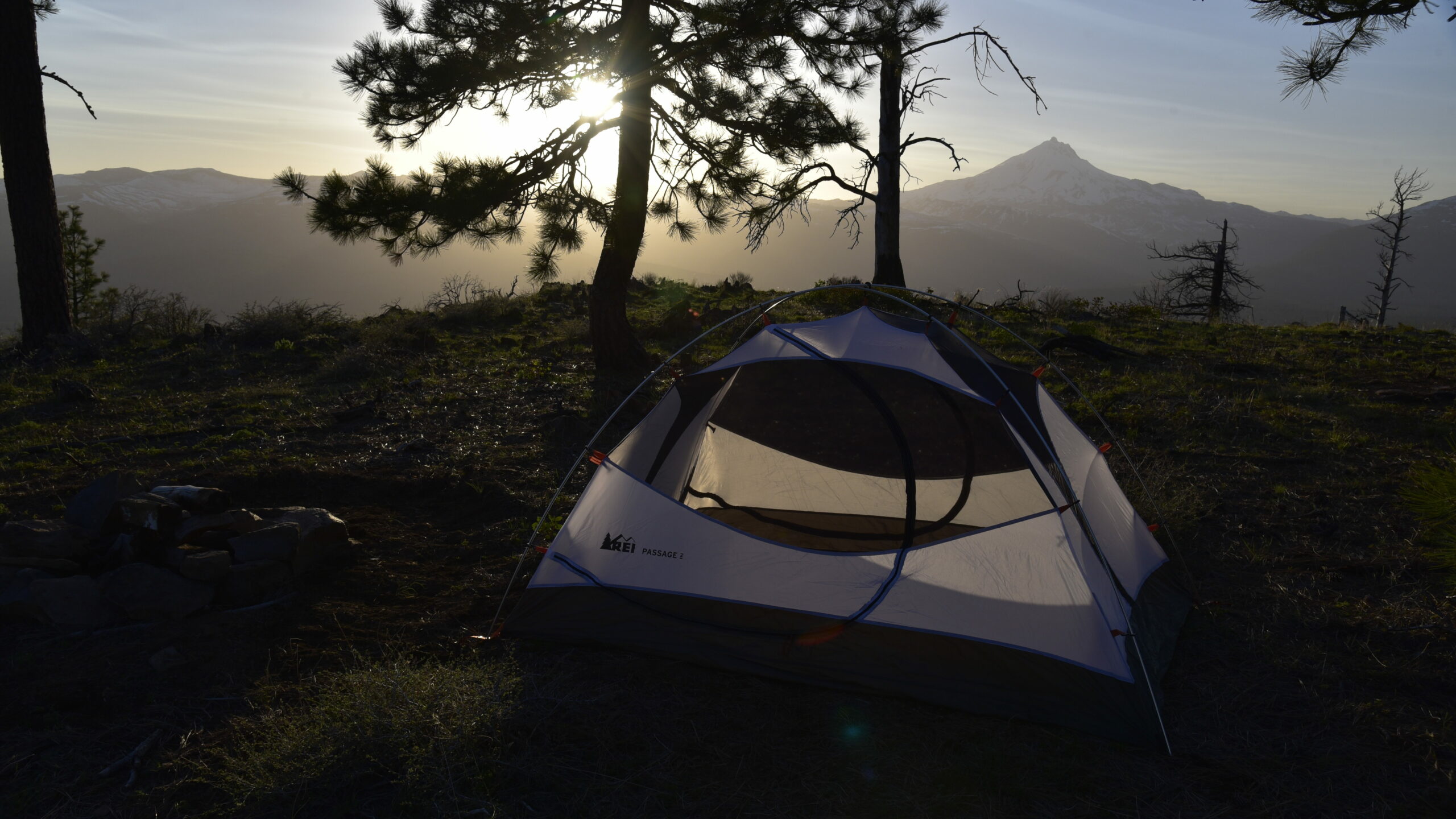How to book a campsite? Use trusted sites like ReserveAmerica or Recreation.gov to find available campgrounds, compare amenities, and secure your spot in advance.
Whether you’re looking for tent camping near you, a weekend escape at a state park campground, or a last-minute site for the family RV, this guide walks you through every step—from choosing the right location to locking in your reservation.
🧭 Step 1: Plan Your Camping Trip
The first step to a smooth camping experience is preparation. Here’s how to set yourself up for success:
✅ Choose Your Preferences
- Location: Stay local or head to a destination park like Shenandoah or Zion. Search “campgrounds near me” to explore options via Google Maps or The Dyrt.
- Dates: Midweek trips offer more availability and fewer crowds. Popular parks often book out months ahead.
- Type of Camping:
- Developed Campgrounds: Amenities like toilets, showers, hookups.
- Primitive Sites: Remote, minimal facilities—great for solitude.
- Dispersed Camping: Free, no-reservation camping on public lands (usually USFS or BLM).
- Group Size: Count tents, people, and vehicles. Many sites limit to 6–8 people and 1–2 vehicles.
- Activities: Want kayaking, hiking trails, or a lakefront view? Choose a campground with matching features.
🌦️ Check the Weather Before You Go
The forecast can make or break your camping trip—whether you’re pitching a tent in a sunny meadow or bracing for a mountain storm. Always check the weather before reserving a site and again before you depart.
✅ Use Trusted Sources:
- Weather.gov (NOAA): This is the direct source of U.S. weather data used by most meteorologists, apps, and news outlets. Why use it? No ads, no fluff—just high-resolution radar, hourly breakdowns, and pinpoint forecasts straight from the National Weather Service.
📱 Recommended Weather Apps for Campers:
Here are the most reliable weather apps for iOS and Android—great for tracking storms, temperature swings, and wind in remote areas:
| App Name | Description | Platforms |
|---|---|---|
| AccuWeather | Hyperlocal forecasts, radar maps, minute-by-minute rain tracking | Android, iOS |
| The Weather Channel | Visual radar, severe weather alerts, multi-day planning | Android, iOS |
| WeatherBug | Air quality, lightning alerts, and weather maps | iOS |
| MyRadar | Animated radar focused on precipitation and storm movement | Android |
| OpenSnow | Best for mountain and winter camping—used by skiers and alpine hikers | Android, iOS |
| Mountain Forecast | Detailed mountain weather reports including elevation-specific temps and wind | Android |
💡 Pro Tips:
- Check the hourly forecast for your specific campground coordinates.
- Look at wind speeds and humidity, especially if you’re planning a campfire or hammock setup.
- Print or screenshot the forecast if you’re heading somewhere with limited service.
🌲 Step 2: Find a Campground
Use trusted websites to explore and compare thousands of campgrounds across public and private lands.
🏕️ State Park Campground Reservations
Most state parks use official booking platforms:
- ReserveAmerica – Covers states like New York, Texas, and Oregon.
- ReserveCalifornia.com – California state parks.
- FloridaStateParks.org – For Florida parks.
How to search:
- Go to the platform.
- Enter park name, travel dates, and preferences (tent, RV, yurt).
- Filter by features like electricity, showers, lake access, or ADA accessibility.
- Review maps and site photos—look for shaded areas or proximity to restrooms.
💡 Tip: Popular parks like Hocking Hills or Big Bear fill up fast—book 6 months in advance.
🧑🌾 Local & Regional Campgrounds
City and county campgrounds are often less crowded and closer to home.
- Search: “County name + campgrounds” (e.g., “Hennepin County campgrounds”).
- Visit city or county websites (typically .gov or .org).
- Some connect to ReserveAmerica or use custom portals; others require direct phone or email booking.
🛶 Family camping near you? Look for local sites with lake access, picnic shelters, or campfire rings.
⛺ Private Campgrounds & Booking Sites
Private campgrounds offer flexibility and unique experiences.
- KOA (koa.com): A reliable nationwide chain with family amenities.
- Hipcamp (hipcamp.com): Book tent sites, cabins, or yurts on private land.
- Good Sam (goodsam.com): Focuses on RV camping with member discounts.
- CampgroundBooking.com: Independent campgrounds in one place.
Prices range from $25 to $75/night, depending on location and amenities.
💡 Search for “fun family campgrounds near me” to find waterparks, playgrounds, or weekend events.
🏞️ Federal Campgrounds (National Parks & Forests)
Explore some of the most scenic spots in the U.S. with federal land bookings.
- Recreation.gov: The go-to for national park campgrounds like Yosemite, Glacier, and Great Smoky Mountains.
- Dispersed camping: Free sites on BLM (blm.gov) and USFS (fs.usda.gov) land. No reservations needed, but limited amenities.
💡 First-come, first-served sites exist in places like Many Glacier or Shenandoah—arrive early!
📲 Step 3: Make a Reservation
💻 Book Online
- Create an account on ReserveAmerica or Recreation.gov.
- Select your site based on availability, shade, size, and distance from facilities.
- Enter details: group size, vehicles, pets, or accessibility needs.
- Pay with a credit/debit card. Expect a non-refundable booking fee ($6–$10).
- Save your confirmation email and screenshot it—you may lose signal in remote areas.
📞 Book by Phone
- Use site numbers or national lines (e.g., 1-877-444-6777 for Recreation.gov).
- Share dates, site preferences, and payment info.
- Record the confirmation number.
🚶 Walk-In or First-Come-First-Serve
- Arrive early—usually by 9 AM.
- Pay at self-service kiosks or ranger stations (bring cash).
- These sites are great for no-reservation camping near you, especially in shoulder seasons.
⏰ Step 4: Maximize Your Chances of Booking
✅ Book Early
- Popular campgrounds fill fast. Sites in national parks like Yosemite, Zion, Glacier, and Rocky Mountain often book out within minutes of the reservation window opening.
- Know your window: Most federal and state park systems release sites 6 months in advance, though some open 12 months ahead (like select KOA or Good Sam campgrounds).
- Set reminders: Use calendar alerts or browser extensions like Campflare or Campnab to get notified when booking opens.
- Log in early: Create or sign into your account 10–15 minutes before reservations go live, and have your dates and site preferences ready to go.
- Be fast: Have your payment method saved and autofill ready—many systems time out quickly during high-demand bookings.
💡 Example: To book a site for July 15 at Yosemite’s North Pines Campground, be online and ready to reserve at 7:00 AM PST on January 15.
👀 Watch for Cancellations
- Set alerts on sites like Recreation.gov, ReserveAmerica, or Campnab.com (paid service).
- Check frequently: Many cancellations happen 1–3 days before arrival, so keep an eye out for last-minute openings.
🔁 Be Flexible
- Midweek stays and off-season trips often have more availability and fewer crowds.
- Plan backup options: Keep 2–3 alternate campgrounds or date ranges in mind in case your first choice is full.
🎒 Step 5: Prepare for Your Trip
- Bring your confirmation: Print it or save a screenshot on your phone—cell service may be unreliable at the site.
- Know the rules: Check for quiet hours (commonly 10 PM–6 AM), current fire restrictions, pet policies, and check-in times—usually between 1 PM and 3 PM, depending on the campground.
- Pack accordingly: If your site lacks water, tables, or fire rings, be sure to bring backups like extra jugs, a folding table, or a portable stove.
- Check in properly: Head to the registration kiosk or visitor center. Some campgrounds require you to display a permit or hang a tag at your site or on your vehicle.
🛠️ Troubleshooting
- No campsites available? Look into dispersed camping on public lands or try Hipcamp for last-minute private stays.
- Tech trouble during booking? Reach out to platform support or call the campground directly—contact info is usually on the site page.
- Need to cancel? Most campgrounds offer partial or full refunds if canceled at least 48 hours in advance—just double-check the cancellation policy.
🧰 Top Booking Platforms to Use
| Platform | Best For | Website |
|---|---|---|
| ReserveAmerica | State parks | reserveamerica.com |
| Recreation.gov | National parks & forests | recreation.gov |
| KOA | Family campgrounds | koa.com |
| Hipcamp | Private tent/yurt stays | hipcamp.com |
| The Dyrt | Reviews, maps, tips | thedyrt.com |
| Campendium | RV reviews & boondocking | campendium.com |
| FreeCampsites.net | Budget and dispersed sites | freecampsites.net |
🔑 Key Tips for Booking Campgrounds
- Book early—popular campgrounds can fill up within minutes, especially for summer weekends and holidays.
- Use filters on booking platforms to match your tent or RV size, accessibility needs, and pet policies.
- Have a backup plan—consider first-come, first-served sites or dispersed camping on public lands.
- Pack smart: Check camping gear stores near you or order essentials online before your trip.
⛺ Let’s Get You Camping
Booking a campsite doesn’t need to be a hassle. With the right planning tools—from ReserveAmerica to Recreation.gov, and private platforms like Hipcamp—you can find the perfect site that fits your timeline, style, and group. Whether it’s a family campground with a lake or a no-reservation tent site in the woods, your outdoor escape is just a few clicks away.
🎯 Ready to camp? Start with Recreation.gov or ReserveAmerica to find available campsites near you and plan your next unforgettable trip.




